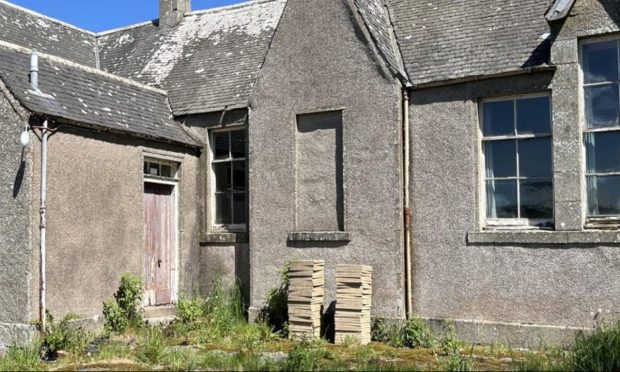When primatologist Anindya Sinha first came to Bengaluru in the early 1990s, he couldn’t help but notice the number of bonnet macaques in the city. “They were not just in Cubbon Park or Lal Bagh, but also on the city walls and the terraces of houses,” he says at a recent talk at Science Gallery, Bengaluru. “But, of course, we knew that times were changing and their existence was doomed,” he says.
Anindya Sinha | Photo Credit: SPECIAL ARRANGEMENT According to Sinha, a professor at the National Institute of Advanced Sciences (NIAS) in Bengaluru, as the city transitioned from the Garden City of yore to the Silicon Valley of India that it is today and lost its gardens as well as the relatively relaxed pace of life that had once defined it, many other non-human inhabitants of the city began to leave. One such “legitimate citizen of the city” was the bonnet macaque, a species of monkey native to peninsular India. “What subsequently developed was not only negativity about the macaque, but also these other ideas and conceptions that came in, about aesthetics, for example,” he says in this talk titled Changing Ecologies, Transforming Lives: Complex Coexistence of Human and Non-Human Primates in Our Cities.

“If Bengaluru was to be a beautiful city, it shouldn’t have monkeys just as it shouldn’t have dogs. I find that personally very difficult to accept because what it is clearly saying is that we are speciesists,” says Sinha, whose lecture offered insights int.



















